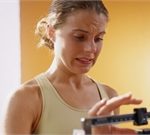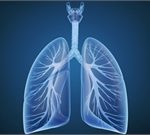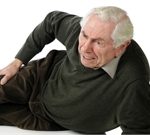
If you plan to make a New Year’s resolution about improving your health, the American Medical Association (AMA) has some good suggestions. “With too many holiday sweets and not enough exercise likely in the rearview mirror, now is the perfect time to consider your personal goals and how you can make positive health choices in the coming year,” AMA President Dr. Patrice Harris said in an association news release. “The good news is that there are a few easy steps you can take that will set you on the right track for a healthier 2020,” Harris added. Learn your risk for type 2 diabetes and take steps to prevent or delay the onset of the disease. Get the recommended amount of physical activity. For adults, it’s at least 150 minutes a week of moderate-intensity activity, or 75 minutes a week of vigorous-intensity activity. Know your blood pressure and, if you have high blood pressure, take steps to get it under control. Doing so will reduce your risk of heart attack or stroke. Cut back on processed foods, especially those with added sodium and sugar. Eat less red meat and processed meats, and eat more plant-based foods, such as olive oil, nuts and seed. Reduce your consumption of sugar-sweetened beverages and drink more water instead. If you’re prescribed antibiotics, take them exactly as directed. Antibiotic resistance… read on >

















